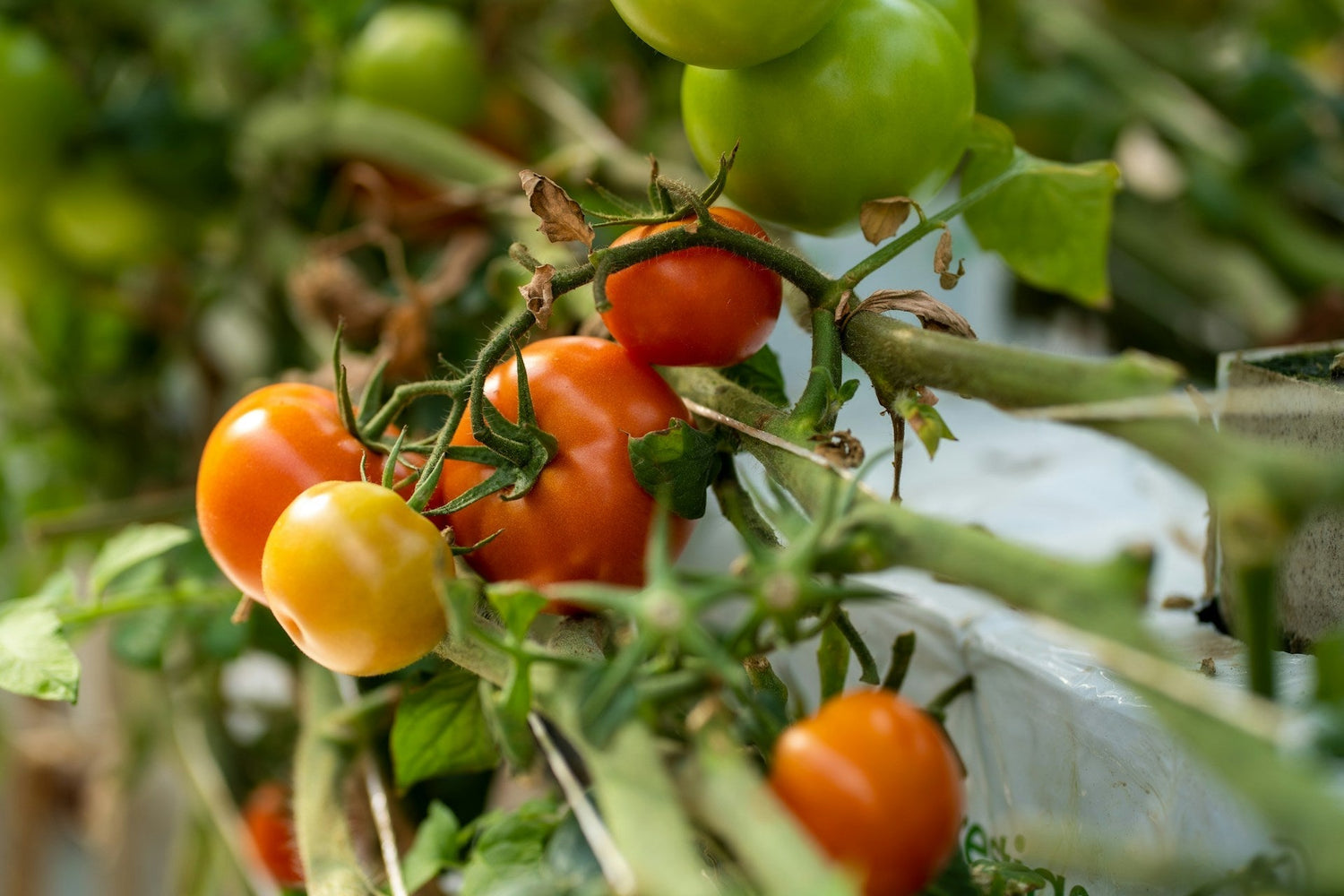👩🌾 Vinutha C N
M.Sc. Horticulture
Soil Doctor
How to Reduce Flower and Nut Drop in Areca for Better Yield
The Areca nut palm (Areca catechu), often called a "gold mine" for farmers, is a high-value crop with great income potential. However, premature flower and nut drop is a persistent issue that threatens yield and profitability. Addressing this challenge with a clear, sustainable approach is essential for long-term success.
Understanding Flower and Nut Drop in Areca
Flower and nut drop is caused by a mix of environmental, nutritional, and biological factors. Identifying and managing these root causes can dramatically improve crop performance and output.
Major Causes of Flower and Nut Drop
- Nutrient Deficiencies: Lack of Boron, Potassium, and Calcium weakens nut development. Boron is especially important for pollen viability and fruit setting. Symptoms include small, malformed nuts and cracked fruits.
- Water Stress: Both overwatering and drought can lead to drop. Poor irrigation or waterlogging stresses the roots, affecting nutrient transport.
- Pest & Disease Infestation: Insects and fungal diseases like 'mahali' attack flowers and young nuts, leading to premature shedding.
- Environmental Stress: Heat waves, cold snaps, humidity swings, and strong winds can impact fertilization and cause physical damage to inflorescences.
Organic Strategies to Reduce Drop and Boost Yield
1. Soil Health Management
Healthy soil is the foundation for strong, productive Areca palms. Organic matter and microbial life in the soil support nutrient cycling and plant resilience.
- Apply Compost & Manure: Use well-rotted compost and FYM annually to enrich soil structure and water retention.
-
Introduce Microbi Dr. Soil Bio-inputs: These biofertilizers provide beneficial microbes that:
- Improve Boron and Potassium uptake
- Fix nitrogen naturally
- Enhance root development
- Suppress harmful soil pathogens
- Boost tolerance to drought and temperature fluctuations
2. Smart Water Management
- Consistent Irrigation: Adjust water schedules based on season and soil. Avoid extreme dry or wet conditions.
- Drainage Improvement: Avoid root rot by enhancing drainage with raised beds or organic matter in poorly drained soils.
- Mulching: Apply organic mulch to reduce evaporation and maintain soil moisture during critical stages.
3. Organic Pest and Disease Management
- Regular Monitoring: Early detection prevents major damage. Inspect flowers and nuts often.
- Neem Oil Sprays: Use as a natural pesticide to manage common pests without harming beneficial organisms.
- Hygiene and Spacing: Remove infected material and maintain proper spacing between palms to reduce fungal pressure.
4. Minimizing Environmental Stress
- Mulching: Regulates soil temperature and protects roots from heat or cold shock.
- Shade for Young Palms: Temporary shading can protect immature palms during peak heat.
The Role of Microbi Dr. Soil in Areca Farming
Microbi Dr. Soil is more than a biofertilizer—it's a sustainable solution that supports long-term soil fertility and crop performance:
- Boosts nutrient availability and root health
- Improves resistance to drought and disease
- Promotes stronger flowering and fruit retention
- Reduces reliance on chemical inputs
Conclusion: Invest in the Root, Reap at the Top
Reducing nut and flower drop requires a balanced, holistic approach—one that prioritizes healthy soil, water efficiency, and natural protection. With tools like Microbi Dr. Soil and smart organic practices, farmers can nurture their Areca palms for higher yields and sustainable profits.
“Don’t let your Areca’s potential fall to the ground. Strategic care in critical stages transforms vulnerability into valuable yield.”
“Every tiny flower holds the promise of a harvest. Protect the crop, and it will reward you with abundance.”
Download the Dhatu App
Get more farming insights, connect with verified retailers, and manage your Areca crop digitally with the Dhatu mobile app:



